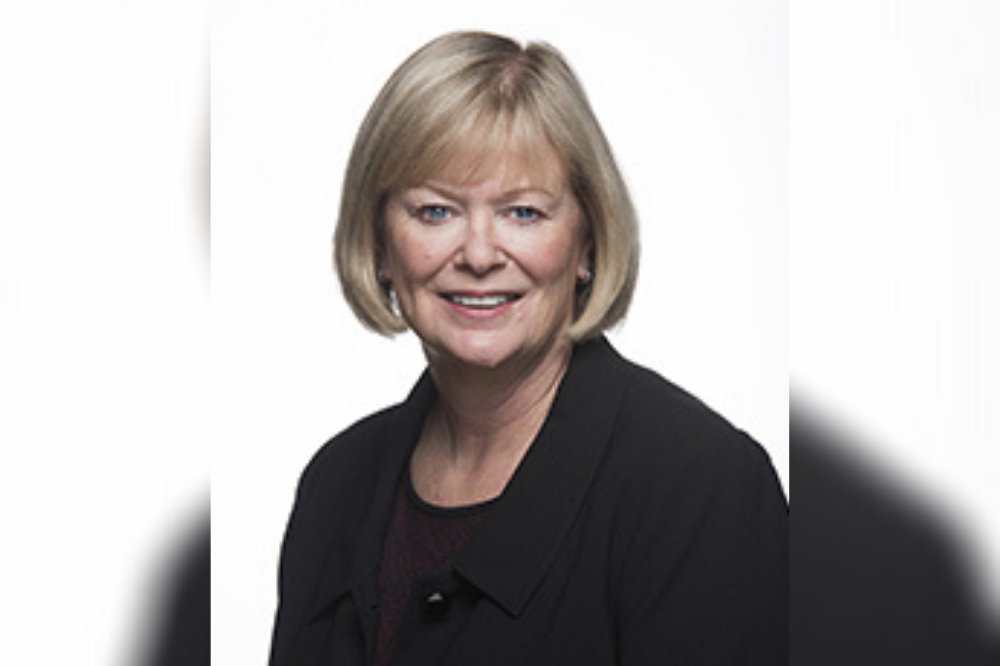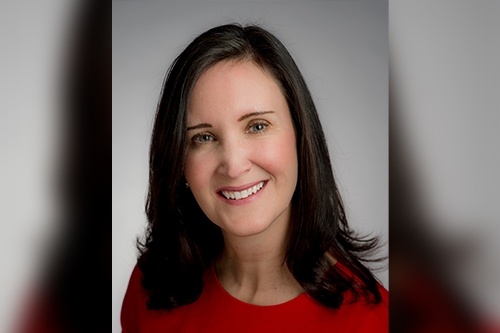

The catastrophic hailstorm that struck the region of northeast Calgary in June this year, which caused nearly $1.5 billion worth of damage and 70,000 insurance claims, was a stark reminder that catastrophic weather events can and do happen regardless of other world events, like the COVID-19 pandemic, that may hold the monopoly on the public’s attention.
According to a statement released by the Insurance Bureau of Canada (IBC) in July, the hailstorm - now considered Canada’s fourth costliest natural disaster - is an “insurable event,” and the insurance industry is “well capitalized” to handle it. Celyeste Power, IBC’s Western vice president, also said that government and insurers were treating the hailstorm “with the same urgency and importance as every other insurable severe weather event in Alberta history.” However, four months later, there are still challenges in the area and lots of repair work that needs to be done ahead of winter, according to Calgary city officials.
The insurance industry is well aware of the challenges Canada faces due to climate change and extreme weather patterns. Natural catastrophes and catastrophic loss reduction both came up as hot topics in the CEO panel at the Insurance Brokers Association of Ontario (IBAO) annual conference, held virtually from October 20-22. The respective leaders of Travelers Canada, Wawanesa Mutual Insurance, Intact Insurance and Economical Insurance all agreed that continuous education on catastrophic perils and how to manage them is critical for all key stakeholders, including policyholders, insurance brokers, insurers, government, and so on.

Carol Jardine (pictured immediately above), president of Canadian P&C operations at Wawanesa Mutual Insurance, and chair of the board at the Institute of Catastrophic Loss Reduction (ICLR) encouraged brokers to make the most of the free, science-based educational resources published by the ICLR. “The ICLR is a scientific-based organization funded by all the insurance companies in Canada,” she said. “On their website are some nicely written, consumer-friendly [catastrophic risk management tools and] booklets that brokers can download and share with all of their customers for free. It’s a free value-add.”
Intact Insurance’s president of Canadian operations, Louis Gagnon (pictured top), sits alongside Jardine on the board of the ICLR. He said that while Canada’s catastrophic response is moving in the right direction, there’s still not enough discussion or enough people focusing on Canada’s climate resilience. This is where the work of the ICLR, and other similar entities like the Intact Centre on Climate Adaptation, is really important.
“Adaption is the area where I believe we have to make the most effort,” said Gagnon. “It’s about working with municipalities and trying to build back better when we rebuild [following a catastrophe]. We need to make sure that insurance brokers and the entire industry is aware [of the risks], that they can communicate them to customers, and they can communicate the best way to protect themselves against flood, wind, hail and so on.”

Again, this is where a multi-stakeholder approach is integral to success, stressed Heather Masterson (pictured immediately above), president and CEO of Travelers Canada. She said: “We need to make sure that we continue with education, both from a broker and a client perspective. As an industry, we do have an obligation to work together. The IBC has some working forums that are going on right now, seeing what we can do as an industry to help get some additional federal support and backing for Nat Cats, flooding and earthquake in particular, and just making sure that we’re all accountable, and that we’re all working together to make sure that we can find solutions.
“There’s still a percentage of risks and exposures that are insured, there’s a percentage that are uninsured, and both from an economic and from a ‘doing the right thing’ perspective, we need to make sure we shore that up.”
